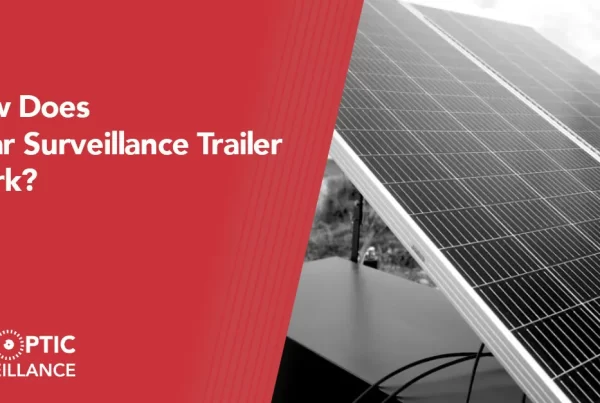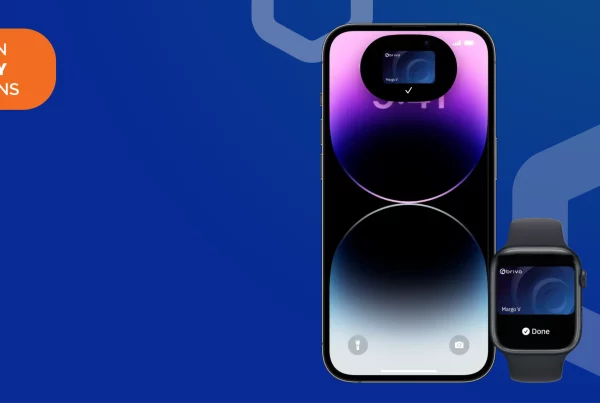Keypad access control – Before implementing any residential or commercial access control system, property owners must think about how strong, dependable, secure, and practical the solution will be when utilized by workers, residents, and visitors. Advanced locks with biometrics and multiple credentials may be useful for some installations. But for the majority of use cases, security requirements can be met more affordably.
Many property owners have recently realized the advantages of putting in monitored access control and smart lock systems to better secure people and priceless valuables. One of the simplest and most affordable ways to protect properties from physical threats is by using a code keypad for access control. For enterprises and commercial properties, this article will discuss the important characteristics, factors to take into account, and typical applications for keypad entry control systems.
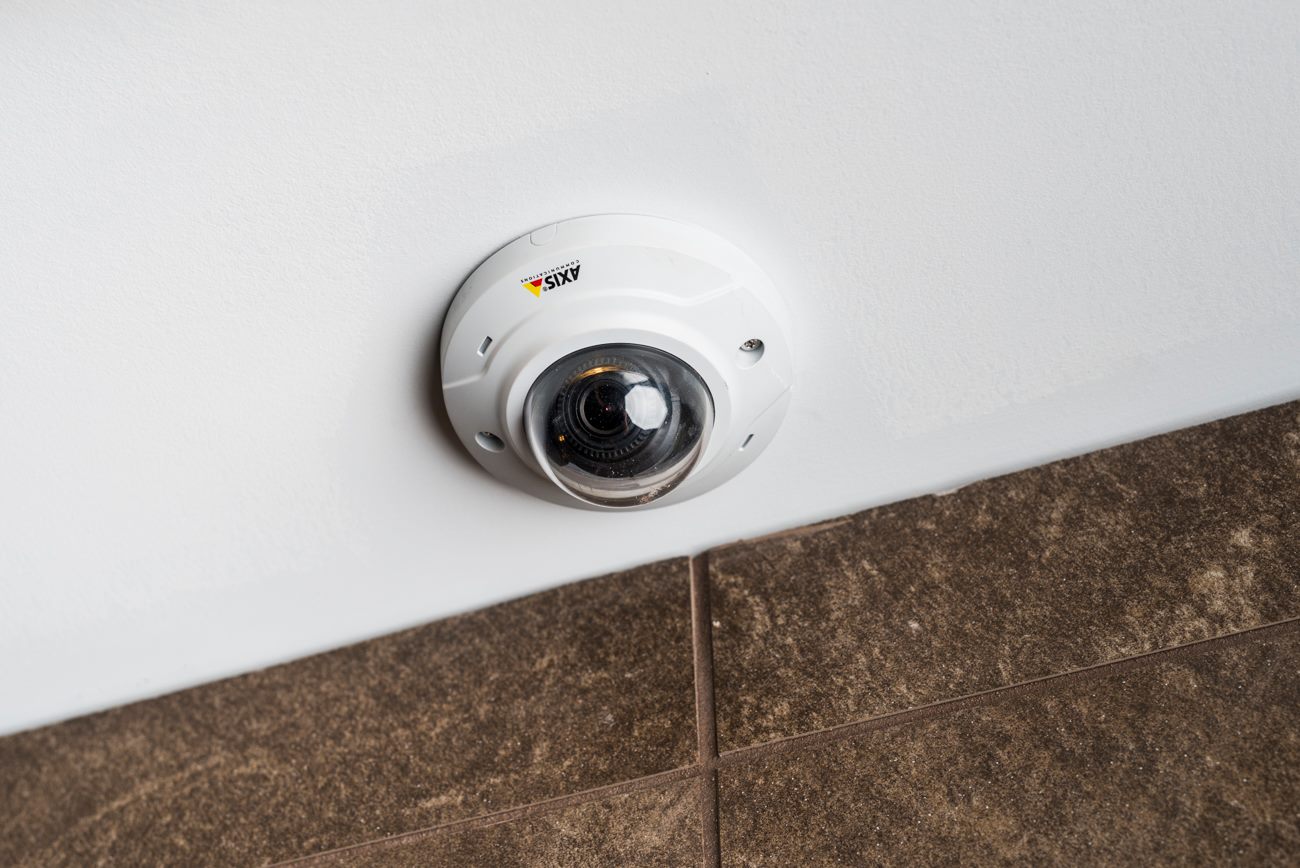
Access Your Office with Smartphone
Discover why thousands of companies have Access Control System
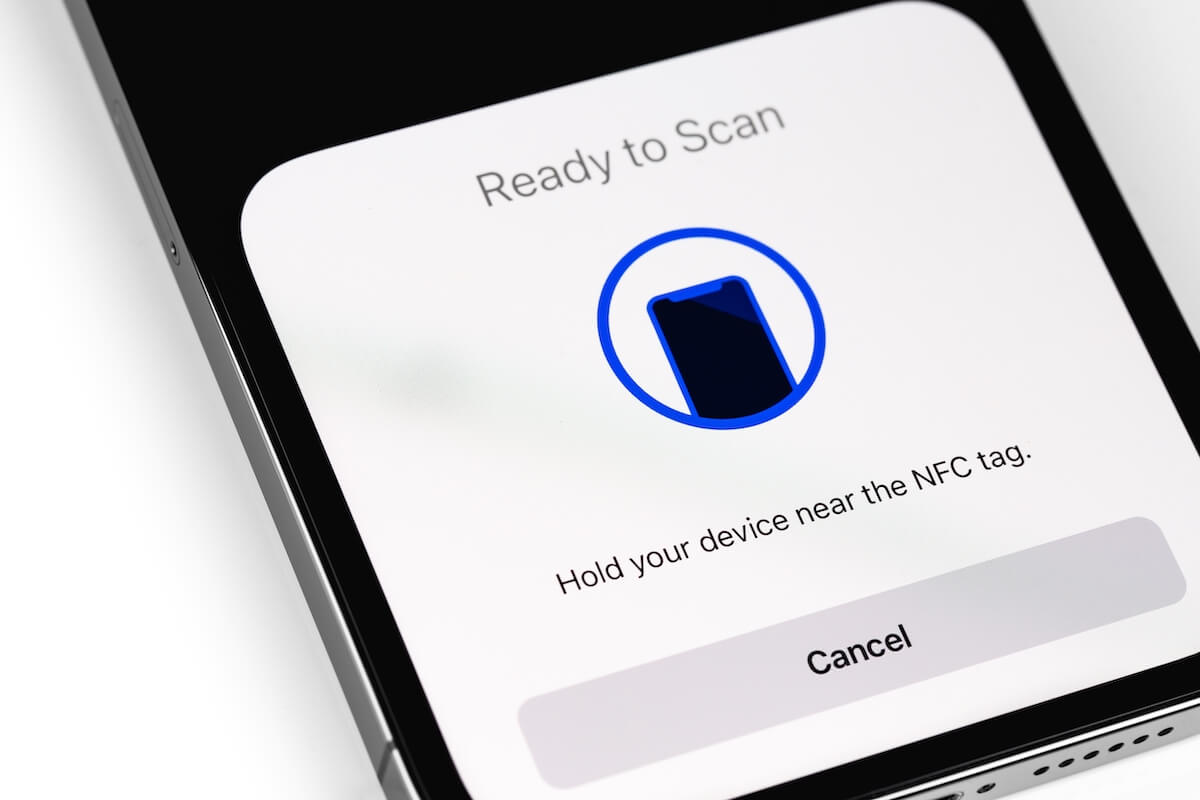
What is an access control keypad system?
Keypad access control systems often include credential readers mounted in particular entrance points. A commercial door lock with numbered buttons or a touchscreen access control panel is called a digital combination door lock device. Users must enter a PIN code or a pre-approved string of numbers into the keypad system in order to enter a property.
Property owners can grant access to tenants, personnel, and visitors while securing particular areas from intruders and potential hazards by using a door entry keypad.
The installed door access control keypad system’s capabilities will vary depending on the use case. Private houses and properties can be secured from attackers using standalone single-access keypad readers or PIN door locks, while commercial buildings with many doors can have integrated keypad access system networks built.
Cloud Based Access Control
Learn about cloud based access control system and its futures.
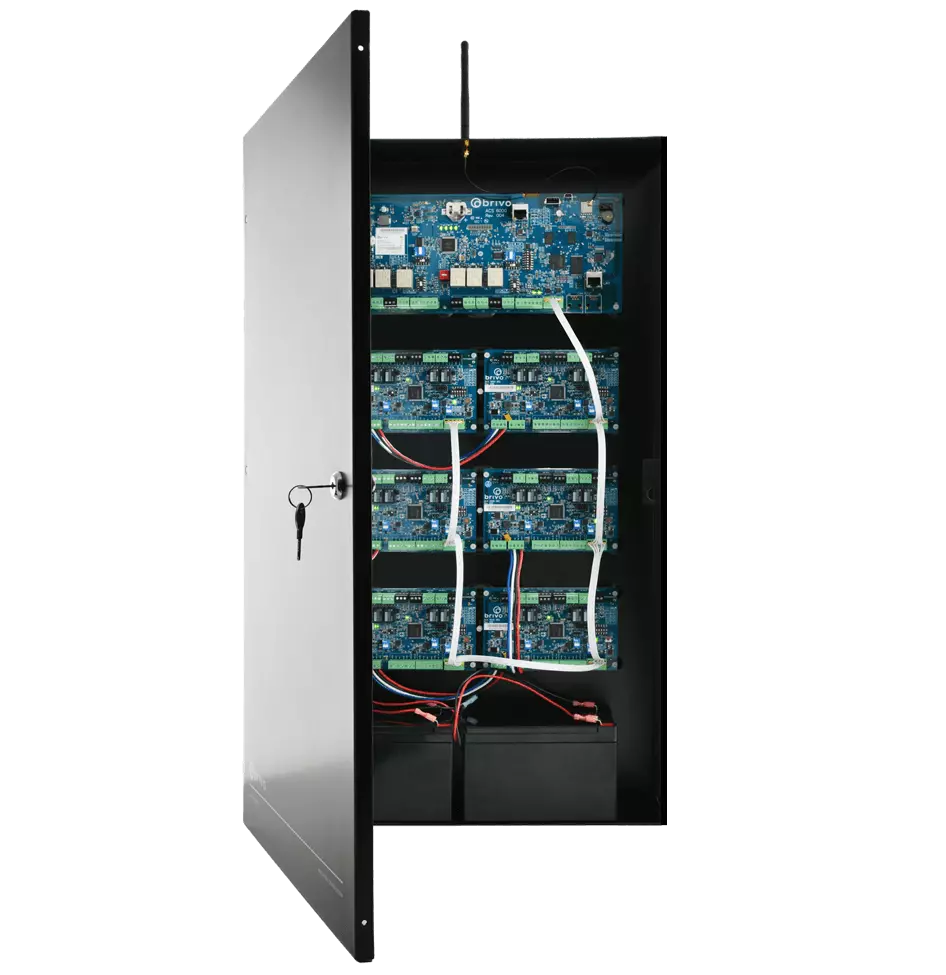
How does a keypad access control system work?
Keypad access control systems are used to replace conventional key-based locks with a more dependable and traceable means of access control. Users merely enter a PIN number into the commercial keypad lock to get access to the building rather than carrying a physical credential that could be lost, misplaced, or copied.
All commercial door keypad lock devices need a dedicated power source, and some current systems are set up to interact via the internet, enabling administrators to remotely monitor, modify, and control the network using smartphones or PCs.
Whereas local keypad control systems must be manually updated and maintained by on-site security employees and IT teams, admins of IP or cloud-based keypad reader security systems can update directories, issue new PIN codes, and alter access rights from a web-based dashboard.
Join UPS Stores Using Access Control
With Cloud Based Access Control, UPS Stores can regulate and track who enters its facility for PO Boxes.
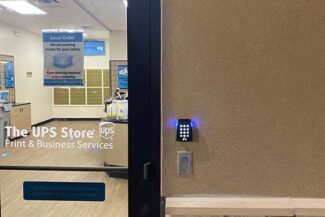
Where to install door access control keypads
These entry point solutions can be used to safeguard the majority of doors and gates because access control keypad devices are typically compact in size.
Keypad commercial door lock systems are primarily used to secure:
Building exits and entrances
Gated community entry points
private residential areas
Storage rooms and staff rooms
Garages
Warehouses
Buildings for offices
Self-storage units
Property owners should look for devices with particular features to ensure smooth functioning and maximize security depending on the intended use of an installed keypad combination door lock. For instance, exterior keypad door lock readers used to safeguard outside areas should have an IP65 enclosure certification and be weatherproof and watertight.
Commercial security cameras for business
- Business security cameras with enhanced coverage and IR that improve situational awareness
- Video analytics with AI to find incidents
- Hours of video are easily sorted through by Video Search to locate a suspicious person or vehicle.
- Integrates with third-party ONVIF® compliant platforms
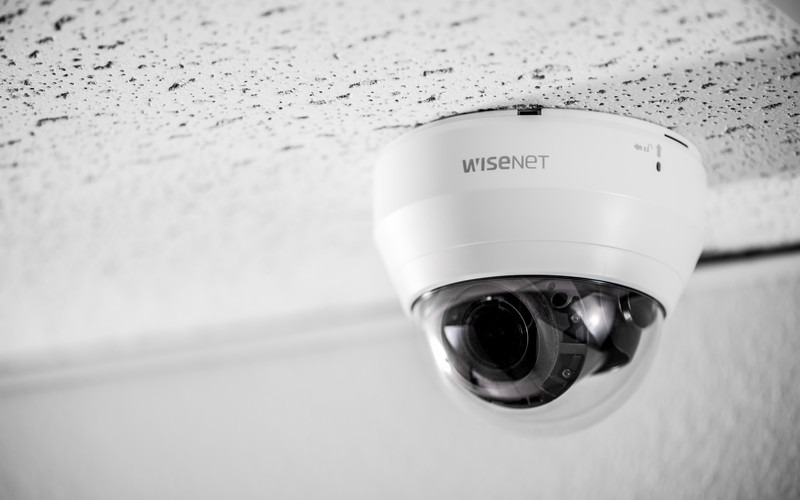
Types of commercial keypad readers and combination door locks
There are many different types of door access control keypad systems, with some keypad readers and access software being more affordable for specific use cases. For instance, certain installations might benefit from the simplicity of a Wiegand keypad system, but others might find the cost of creating key cards to be prohibitive.
Moreover, location considerations for certain devices must be made by business and property owners. An outside keypad door lock used to secure an outdoor entry point will have different requirements than a storage closet combination door lock, both in terms of hardware design and security features.
The type of locking mechanism, whether the system will benefit from Internet access, and how security teams aim to integrate current technology with newly installed readers are other factors to be taken into account. Four typical keypad lock types are listed below:
commercial keypad door lock
Keypad door locks often include a button pad with numbers attached to the actual locking mechanism or door handle. To unlock protected doors, the device uses a combination commercial door lock with keypad controls and a programmed PIN number.
Business keypad door lock systems can typically store and manage a greater number of unique PIN code credentials and are frequently built to be more durable than residential keypad devices. The same operational principles apply to both business and residential systems.
Commercial code door lock systems are frequently employed as an additional access security element to a primary form of entry point management, sometimes known as multi-factor authentication (MFA). For instance, key card-based locks that need a special PIN number to open may be used to safeguard staff rooms.
These battery-powered access code door lock scanners allow teams to put devices nearly anywhere, but staff will need to change individual batteries on a regular basis. Because of this, they are also ideal for interior doors.
Keypad Access Control with Standalone
Interior doors in shared spaces, including commercial offices and amenity spaces in apartment complexes, are frequently secured using standalone keypad access readers. With a link to a door release device and a dedicated power supply unit, the keypads themselves are made to be small and simple to install into drywall or small electrical boxes.
Property managers or security teams will be able to provide PIN codes to authorized residents, employees, and visitors. With the standalone keypad device, the PIN codes can be used to get access. This is frequently accomplished by entering a master access code, which does not need creating or managing separate PINs for each user. Administrators won’t be able to see who is currently using the door, though. They will have full building access if stolen by or shared with an unauthorized person.
Elevator keypad systems
Elevator access control keypad readers are used to regulate access to particular floors in a commercial or multifamily structure and are frequently seen in hospitals, hotels, apartment complexes, and other multistory properties with restricted floor access.
In comparison to other keypad systems, this sort of keypad access reader is often made to support fewer users. For instance, a keypad put in an apartment building may be used to restrict entry to the few occupants who are currently residing on a specific floor of the building.
Although installing an elevator keypad lock will give an extra degree of access security when used to secure certain floors, these systems are not completely infallible. Any previously secured areas will be accessible to trespassers if they are successful in guessing or stealing an active PIN number.
Gate opener keypad systems
Keypad gate entry systems are specifically made for outdoor use, have weather- and water-resistant casings, and typically have anti-vandal security measures. Office, campus, and apartment parking lots, HOA entrances, and private gated roadways are common uses for gate keypad locks.
A keypad for gate entry systems gives a convenient way for property managers to control entry to tenants and employees while issuing temporary credentials to permitted guests. It also enables security personnel and property owners to manage access for pedestrians and vehicles.
While the use of a gate opener with a keypad reader will enable administrators to issue temporary access credentials, locations that receive a lot of visitors will typically choose to install additional authentication methods like apartment building intercoms to ensure that tenants can independently verify visitor identities.
Don’t risk legal
responsibilities.
Contact us right now to set up a consultation with one of our qualified security consultants. We will assist you in seamlessly navigating the complicated terrain of video surveillance laws. Your company deserves the greatest protection possible!
The pros and cons of keypad door access control systems
There are advantages and disadvantages to installing and using a business code door lock or keypad access system, just like with any access control or building security technology. The benefits of a keypad door entry system often include increased convenience and a reasonably affordable method of building protection. A keypad door access control system is not always the most secure method of access control, though.
An electronic keypad lock has the following advantages:
Cost-effective — Unlike key cards or Radio-Frequency Identification (RFID) fob access systems, business and property owners will not be required to acquire and handle sets of physical credentials when using a commercial PIN door lock, which helps to lower overall operational expenses.
Easy operation – Employees, tenants, and visitors won’t need to carry around physical keys or identification, which are easily lost or stolen. Instead, simple codes can be disseminated by encrypted email, with admins having the ability to modify active codes in the event of a suspected breach.
Multi-layered security — Keypad access readers can be used with already-installed or newly-installed security devices to create MFA. For instance, biometric readers that require a PIN code to engage the scanner may be used to provide entry to high-security places.
Versatility: If a breach is suspected, security professionals can easily modify the PIN codes that are used to safeguard various locations on the property. This eliminates the need for staff members or residents to carry around multiple sets of keys on a daily basis.
The disadvantages of utilizing a PIN code lock for door access:
Administrative problems – While running a keypad access system, security and IT employees must be ready to offer ongoing technical support to deal with frequent problems like forgotten codes or malfunctioning gear. On-site troubleshooting is frequently necessary to fix this.
PIN numbers must be reset frequently to prevent security breaches, and some keypad reader designs may require new batteries. This procedure can be time- and labor-consuming for bigger installations involving numerous devices.
Security flaws – Because PIN codes are shared by all property inhabitants and are not attached to specific users, it might be challenging for security personnel to ensure that codes are not figured out by unauthorized users. Intruders may also be able to predict current codes thanks to physical cues like worn-out buttons. For these reasons, many security teams opt to use keypad access devices in addition to other access control systems to increase security.
Access control keypad system price and installation considerations
Keypad access control systems are frequently less expensive than proximity card, biometric, and mobile access control systems, which is one of the main benefits of installing them. Keypad door locks can be installed successfully with a minimal amount of hardware, and often these systems don’t require considerable wiring or challenging software development.
Access control keypad systems are also highly adaptable. Company owners and security teams can quickly locate devices made to fit narrow entrances and areas with sparse wire infrastructure. For companies that need to install an access control system outdoors, there is also a large selection of weatherproof systems, such as an exterior gate opener with keypad PIN code controls.
In addition to existing entry point management devices, keypad access systems are frequently employed as an extra verification system. Keypad readers are often compatible with most installations and pre-existing backend hardware because they are typically small and operate utilizing normal wiring architecture. Yet, it’s crucial to ensure that your business code door locks are interoperable and trackable if you want to manage user PIN codes in addition to current credentials like key fobs or a mobile app.
The benefits of multi-factor keypad access control
More property security teams are implementing MFA rules to lessen the likelihood of significant security breaches as the popularity of convergent physical and cyber security systems continues to climb. According to research, MFA can stop up to 90% of typical cyberattacks that lead to compromised property access passwords.
By integrating keypad readers and at least one other type of access control, MFA can help dissuade attackers and lower the incidence of credentials being stolen. Three typical MFA approaches are listed below:
PIN codes and mobile access codes
To use Wi-Fi, Bluetooth, and Near Field Communication (NFC) technologies when safeguarding building entry points, some access control keypads can be integrated with mobile access credentials. Users will be able to enter a special PIN number straight from their smartphone or other mobile device to gain access to a property using touchless entry point management when an IP-capable keypad reader is set up to interact with a mobile app.
Another way to use mobile credentials as MFA is for users to authenticate using the mobile app after inputting their PIN code into a keypad reader. By asking users to validate their credentials in the app, this technique allays worries about unauthorized people utilizing stolen PIN.
With password safeguards and biometric locks already built into modern smartphones, using a mobile access keypad system is both more handy and more secure. Also, since 85% of US adults own a smartphone, obtaining this credential is typically easy and straightforward.
Keypad locks and RFID proximity cards
Many properties with access control systems in place will probably use some kind of RFID-based card reader. Combining these devices can help to increase building security, even though they are not quite as practical as keypad access systems and need users to carry actual credentials.
In addition to RFID-based proximity devices, keypad access readers can be installed to create an entry point management system in which users must enter a preapproved PIN code before interacting with any proximity scanning reader, necessitating the presentation of an additional authentication method before access is granted.
A multi-technology keypad reader that can support both PIN codes and RFID credentials on the same entry system is advised if you don’t want to put two devices at the door.
Biometric scanners and keypad systems
Among the safest methods of entry point management are biometric access control readers. In order to obtain access to the property, the device needs users to produce distinctive biometric data, such as a fingerprint, retina scan, or voice command, all of which are very difficult for intruders to copy or forge. In order to get entry to a building with a keypad system, individuals must exhibit their individual biometrics and enter a PIN number using the keypad access controls.
Have questions? We can help
Our security experts can help you implement the right security system for your business.





